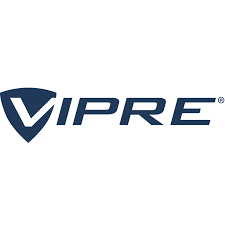
Description
VIPRE is a leading provider of Internet security solutions purpose-built to protect businesses, solution providers, and home users from costly and malicious cyber threats.
With over twenty years of industry expertise, VIPRE is one of the world’s largest threat intelligence clouds, delivering unmatched protection against today’s most aggressive online threats.
Company's award-winning software portfolio includes comprehensive endpoint and email security, along with threat intelligence for real-time malware analysis. VIPRE solutions deliver easy-to-use, comprehensive, layered defense through cloud-based and server security, with mobile interfaces that enable instant threat response. A proud Advanced Technology Partner of Amazon Web Services, VIPRE operates globally.
Source: https://www.linkedin.com/company/vipresecurity/about/
With over twenty years of industry expertise, VIPRE is one of the world’s largest threat intelligence clouds, delivering unmatched protection against today’s most aggressive online threats.
Company's award-winning software portfolio includes comprehensive endpoint and email security, along with threat intelligence for real-time malware analysis. VIPRE solutions deliver easy-to-use, comprehensive, layered defense through cloud-based and server security, with mobile interfaces that enable instant threat response. A proud Advanced Technology Partner of Amazon Web Services, VIPRE operates globally.
Source: https://www.linkedin.com/company/vipresecurity/about/




